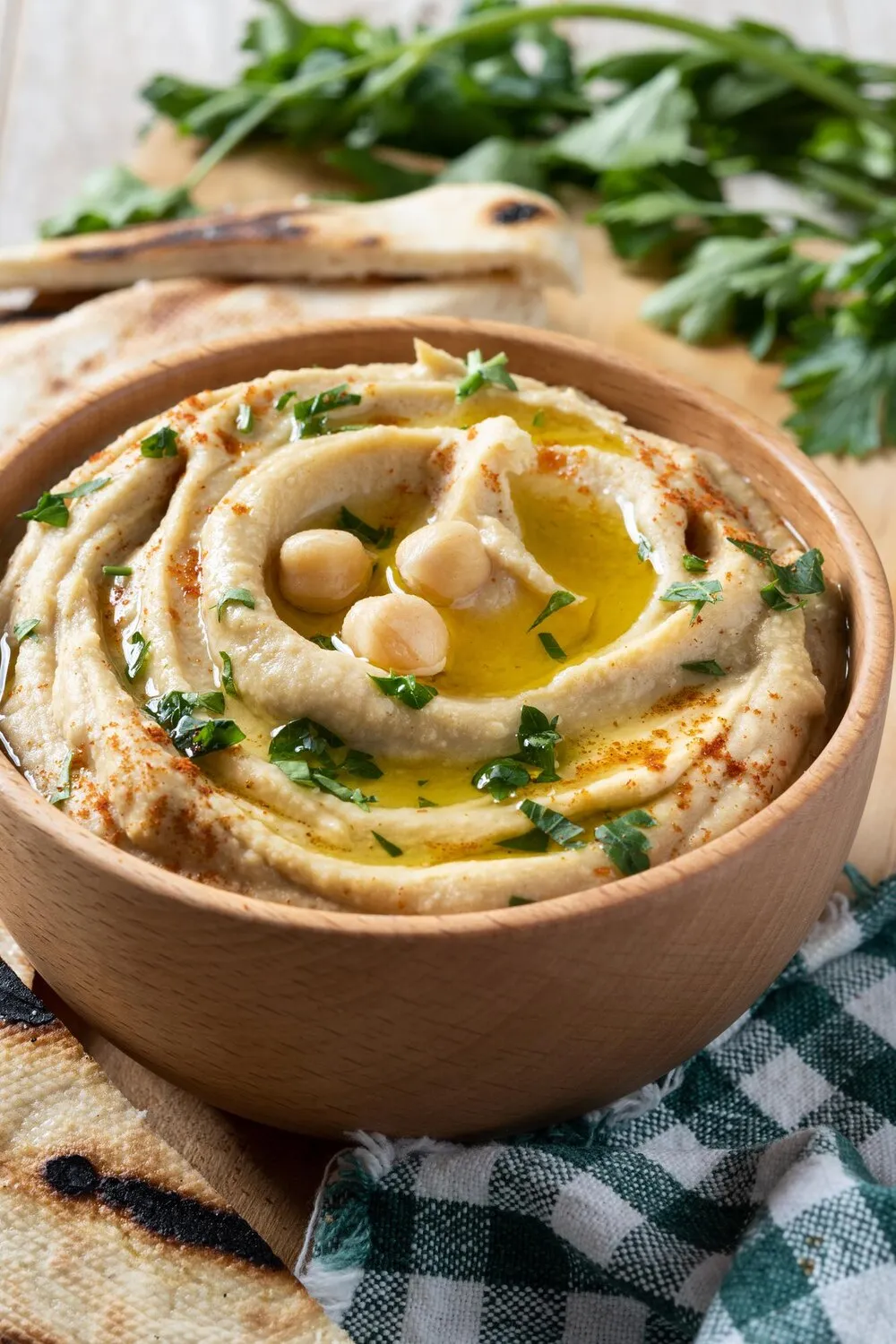
Saganaki
Pan-fried Kefalotyri cheese flambéed tableside with lemon.
Nutrition Facts
* The % Daily Value (DV) tells you how much a nutrient in a serving of food contributes to a daily diet. 2,000 calories a day is used for general nutrition advice.
The history of saganaki is closely tied to the culinary traditions of Greece, where fried cheese dishes have likely existed for centuries in various forms. The specific version of saganaki involving flambéing with alcohol is a more recent innovation, possibly inspired by similar culinary techniques found elsewhere in the Mediterranean. The name 'saganaki' itself refers to the small, two-handled frying pan in which it is traditionally prepared.
Saganaki is a popular appetizer in Greek cuisine, frequently enjoyed as part of a meze platter. It's often associated with celebrations and gatherings, adding a touch of theatrics with the flaming presentation.
Opa!
The act of flambéing saganaki and shouting 'Opa!' is a common tradition in many Greek restaurants, adding a sense of fun and excitement to the dining experience. 'Opa!' is a general expression of joy and celebration.
Meze Culture
Saganaki is typically served as a meze, a small dish meant to be shared and enjoyed with friends and family. Meze are a cornerstone of Greek social dining.
Regional Variations
While Kefalograviera is the most common cheese, other cheeses like halloumi or kasseri can also be used, leading to regional variations in flavor and texture.
Saganaki offers a delightful contrast of textures and flavors: crispy and browned on the outside, soft and melty on the inside, with a salty, tangy, and slightly citrusy finish.
The primary flavor is the salty, sharp tang of the Kefalograviera cheese, enhanced by the rich, buttery flavor of the pan-frying. The flambéing process adds a subtle warmth and caramelization, while the lemon juice provides a bright, acidic counterpoint that cuts through the richness and adds a refreshing element.
Cheese Selection
Kefalograviera is ideal due to its high melting point and rich flavor, but other hard, salty cheeses like halloumi or kasseri can be used. Avoid cheeses that melt too quickly or lose their shape.
Pan Temperature
Use a hot pan (preferably cast iron) to achieve a crispy, golden-brown crust without melting the cheese completely. Don't overcrowd the pan, as this will lower the temperature.
Flambéing Safely
Remove the pan from the heat before adding the alcohol (usually brandy or ouzo) to avoid accidental flare-ups. Use a long-handled lighter or match to ignite the alcohol. Stand back and let the flames burn out before squeezing the lemon juice.
Lemon Juice Timing
Squeeze the lemon juice immediately after the flames have died down. This helps to extinguish any remaining flames and adds a bright, acidic counterpoint to the richness of the cheese.
Explore additional Mezze dishes and restaurants
Explore MezzeDiscover top dining spots and culinary experiences in Baltimore.
Explore BaltimoreLearn more about the food culture, restaurant scene, and culinary heritage of United States.
Explore United States